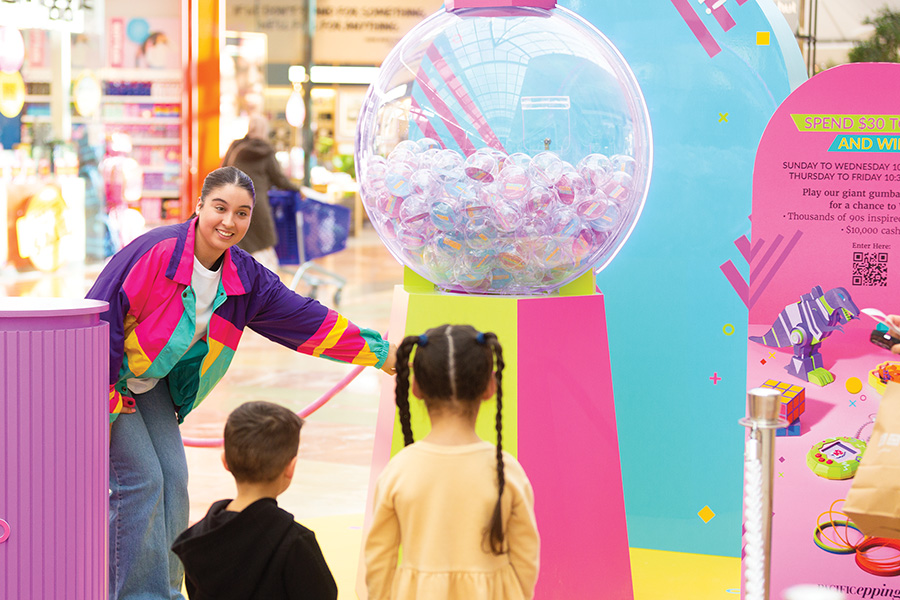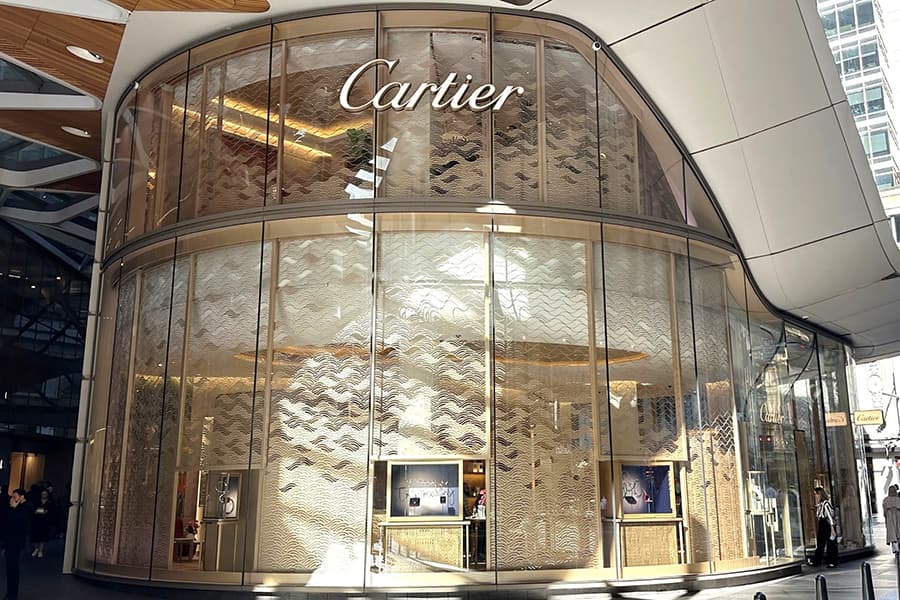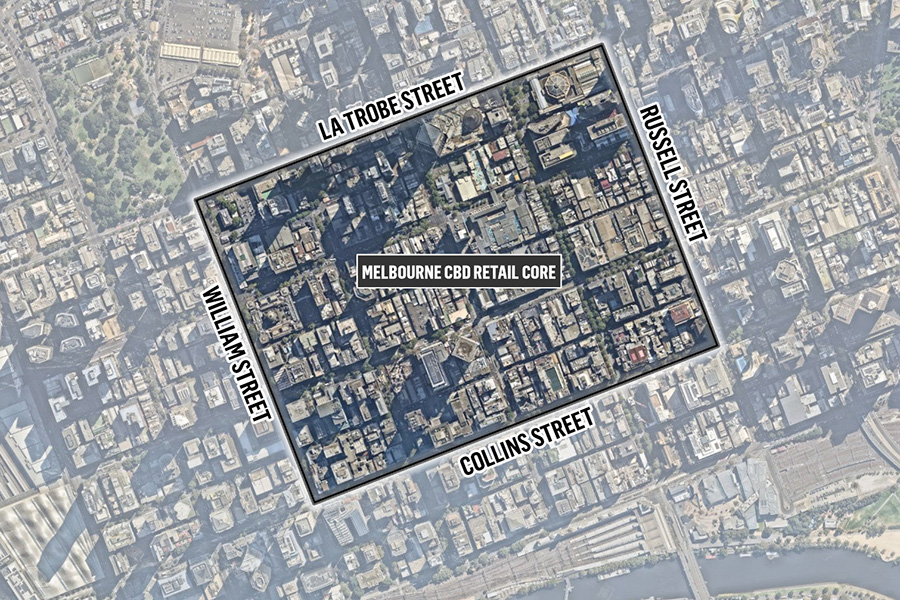Armed with the knowledge of the latest consumer trends and behaviours, QIC has been able to refine its retail mix for increased profitability, improve its storytelling to reflect consumer values, optimise its omni channel offering, maximise its centre designs and create timely activations all in the name of a better customer experience. Rachel Logan, Research Manager, shares these insights in the latest issue of SCN.
As the needs of consumers and retail partners continue to evolve, it’s important to ensure we’re not using old assumptions to make new decisions. The QIC Real Estate Consumer Megatrends were first defined in 2017 and reflect the fundamental shifts in consumer behaviour and how these are shaping the retail landscape into the future. Our Consumer Insights project, launched in 2022, allows us to keep our finger on the pulse as these trends emerge and evolve.
The project includes a series of studies on each megatrend, and through surveying our customer database and a panel of Australian consumers, we can measure how these trends are playing out in the retail and consumer landscape right now.
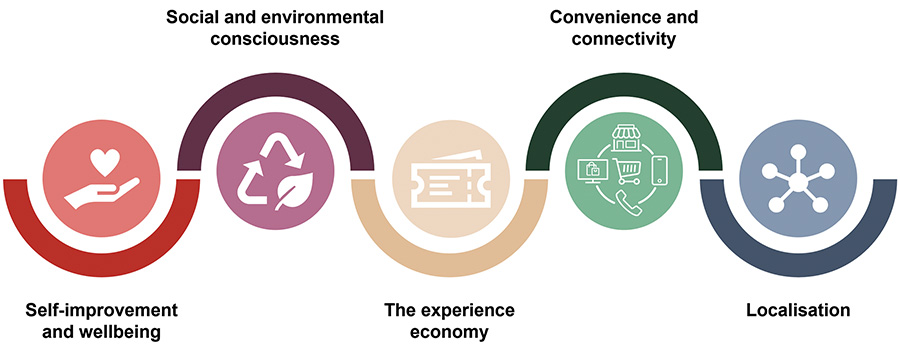
Megatrend 1: Self-improvement and wellbeing
Consumers are moving beyond traditional transactional engagements with beauty and wellness to a whole-of-life approach. They’re incorporating it into their day-to-day lives, whether it be 12-step skin care routines, hair and nail supplements, meditation apps, fitness programs, five-minute mindfulness journals, or seeking out green spaces and natural environments to enhance their mental health.
Customers are also increasingly seeking out beauty or wellness solutions in the places they shop. More than two-thirds of QIC customers surveyed agreed their local shopping centre plays an important role in their quality of life, their wellbeing and in reducing their stress levels.
We’ve been actively evolving our town centres to respond to this trend. Since 2010, we’ve increased the number of health and wellbeing tenants across our portfolio by more than 70%, resulting in turnover uplift of more than 76%.
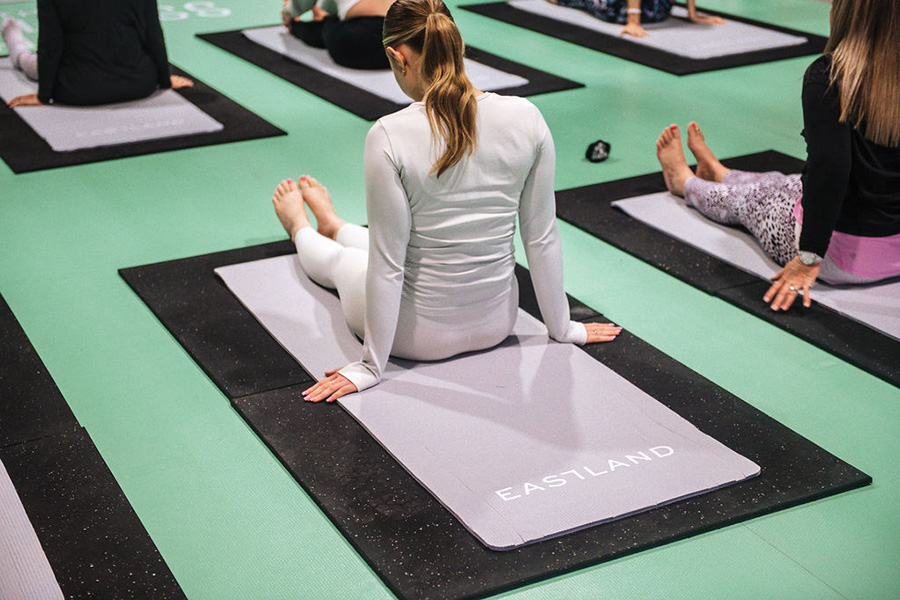
The Wellness Hub, Eastland, VIC
Design also plays an important role in enhancing customers’ personal wellness. Curated green spaces like the Town Square at Eastland boost the overall customer experience and contribute to their overall wellness journey.
Megatrend 2: Social and environmental consciousness
Consumers are shifting from hyper-consumption to conscious consumption, recognising that every dollar spent is seen as a vote for the type of world they want to live in.
Among QIC customers, nearly 80% associate shopping ethically with recycling or reusable items, and QIC customers overwhelmingly want to support local businesses, more so than what we see at the wider Australian level.
It can be challenging to shop in line with your values for a range of reasons. Nearly two-thirds of all customers surveyed agreed that they are currently more driven by cost than the impact of their purchase.
However, consumers still want to feel morally satisfied while shopping within their budgets. Retailers and landlords alike have an opportunity to increase their focus on storytelling and provide more information around social and sustainable initiatives in-store, on products and on their websites.
Megatrend 3: The experience economy
Customer experience has always been an important part of the shopping journey, but the nature of this experience is changing in response to changing consumer demand. Consumers are more interested in products and places that are part of an enjoyable and fulfilling experience – wanting to be a participant in the purchase, not just the card holder.
Centres are doing a good job of creating those exciting atmospheres, with the study revealing 92% of everyone surveyed agreed they find going to their local shopping centre to be an enjoyable experience.
We have many examples of successfully activating on this megatrend across the QIC portfolio, including the recently opened Tiger Lane at Canberra Centre and our vibrant and interactive marketing installations like ‘It’s Not Rocket Science’.
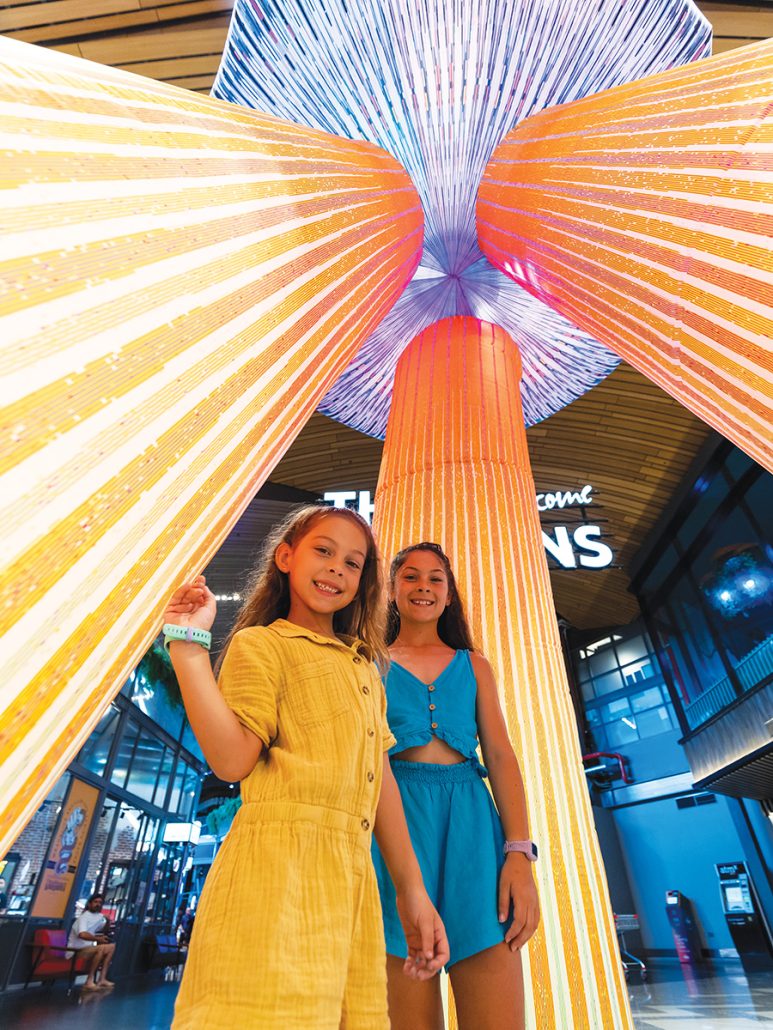
Robina Town Centre, QLD
Megatrend 4: Convenience and connectivity
This trend reflects consumers seeking out easier and more efficient ways of shopping. This isn’t just about saving time, it’s also about retail offerings that cater to essential life needs and offer enhanced omni-channel experiences.
Centres must create accessible and age friendly environments while also catering to transactional customers with a ‘get in and get out’ mentality.
The demand for technology solutions is changing too. People don’t want to live in their computers, they want technology to service them and integrate into their day-to-day life as they live it. Optimised omni-channel experiences such as Click & Collect, Direct to Boot and Reserve & Try In Store all play a key role in making the shopping experience easier for customers.
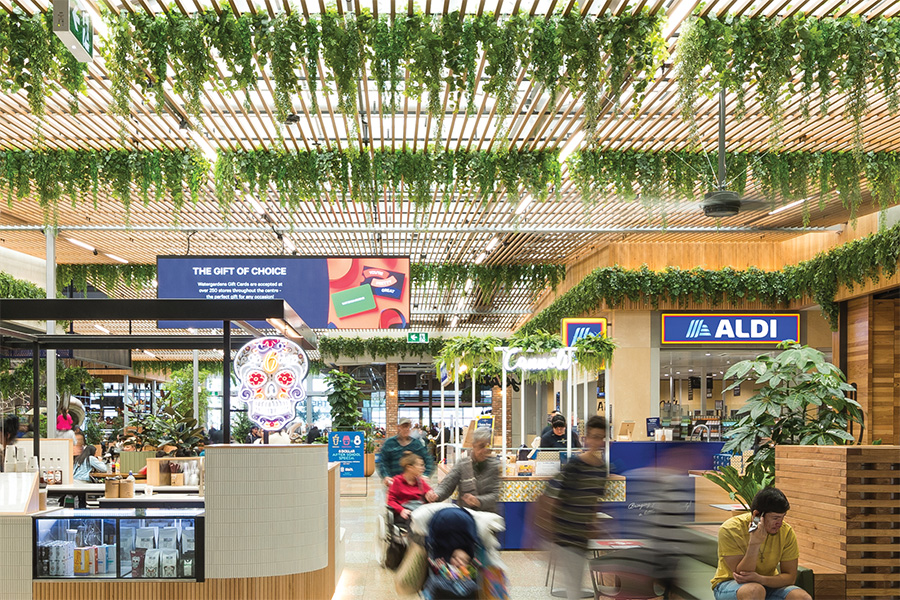
The Marketplace, Watergardens, VIC
Megatrend 5: Localisation
Consumers want to feel grounded in their local community and increasingly aspire to live a hyperlocal lifestyle. People spend more time than ever living, working and playing in their local area.
Demand for places to connect that reflect customers’ values and sense of place has only increased in the past few years. Town centres with highly interconnected mixed-use precincts, walkable, amenity rich environments and well-designed civic spaces are key for activating on this trend. The town centres we are curating at Robina and Eastland are great examples of how to bring this trend to life and create value for consumers and retailers into the future.
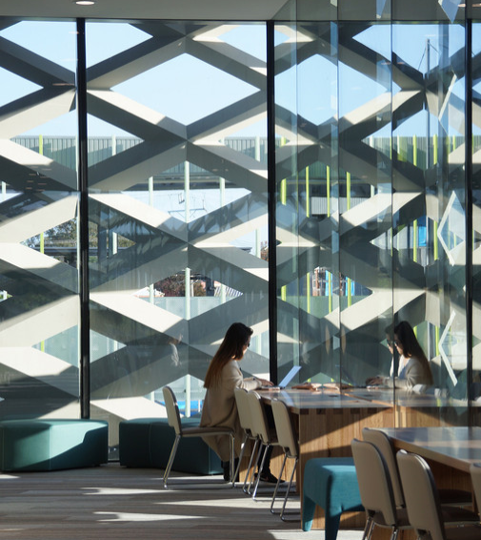
Eastland, VIC
Dedicated research programs such as the aforementioned Consumer Insights project enable us to identify where the sector’s next big changes and challenges will come from. From consumers shopping more in line with their personal values to wanting more enjoyable in-person experiences, we’re seeing the landscape change before our eyes.
This article was first published in SCN Vol. 41 No. 4



